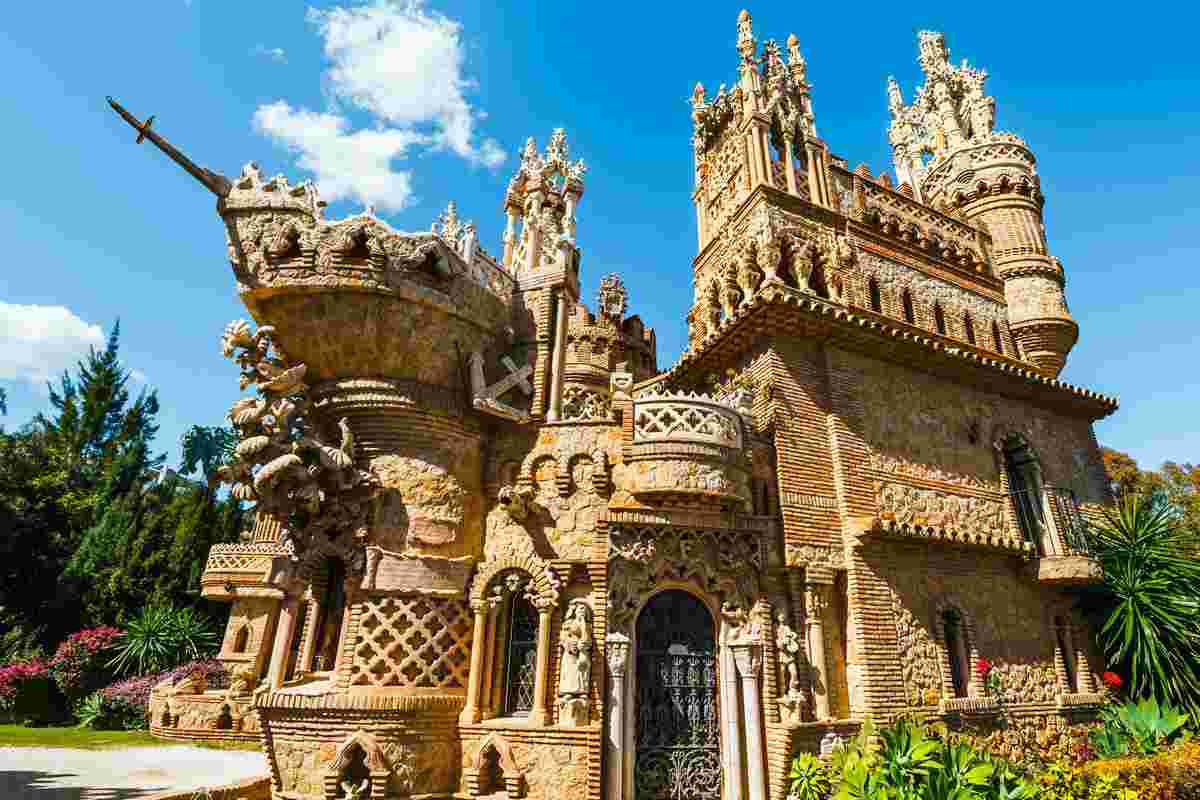
In the picturesque town of Benalmádena that belongs to the Málaga region, the Castillo de Colomares stands its high ground, as the most unique monument dedicated to the life and adventures of Christopher Columbus. This architectural marvel, built upon a hill has a prominent position within the city’s landscape, allowing travels to admire it while driving the A7 motorway with the city as its final destination. This masterpiece that was completed by 1994, by the Dr. Esteban Martín Martín and his team of experts, make one wonder. Why such a homage to the expeditioner is found in Benlmadena, Spain? Is there a connection between Colombus and these lands?
A Journey Through History
Dr. Esteban Martín Martín embarked on this ambitious project to honor Columbus and his monumental journey to the New World in 1492. Crafting this castle did not take just one or two years; but seven whole years and the highly trained and experienced hands of other two builders. The monument is not only a tribute to Columbus but also a representation of the diverse cultural influences that shaped Spain during the Middle Ages. In fact, everybody who was a part of the project took it upon themselves to bring to life a monument that was so faithful to the “scale” to the religious and cultural blueprint that they were supposed to represent. Ask anyone wh0 has witnessed the Castillo and you will be reassured that as for that objective , they were rendered succesful.
Architectural Symbolism
It sounds strange to proclaim that a medical practioner in profession, was otherwise able to oversee work of such architectural significance. in order to create the effect of transporting the visitor to the middle ages, the construction was realized through implementing techniques that date back to that period of time. The final result is characterized by a versatilty in the style. Balancing neo-Byzantine and neo-Romanesque elements; and also including some neo-Gothic, and neo-Mudejar that are quite evident in its structure, it is a thing of architectural brilliance. For the reason that these styles were not just randomly featured there. Instead they symbolize the three major cultures that coexisted in Spain during the Middle Ages: Christianity, Judaism, and Islam. Brick, concrete, natural stone and wood which constitute the prominent material, as the blog Fascinating Spain mentions just add to the castle’s historical significance.
Honoring Columbus and His Ships
One of the most striking features of the Castillo de Colomares is its symbolic representation of Columbus’s journey and his ships. The castle features detailed depictions of the three ships used by Columbus: La Niña, La Pinta, and the Santa María. La Niña is shown under the arch of La Rábida, the monastery where Columbus stayed before his voyage. La Pinta is prominently displayed on the main façade, while the Santa María is isolated, symbolizing its sinking on Christmas Day in Santo Domingo.
A Monument with Many References
The castle is filled with numerous references to Columbus’s journey and the historical context of the 15th century. The coats of arms of the Catholic Monarchs, who supported Columbus’s expedition, are prominently displayed in bronze. Additionally, there is an oratory within the castle dedicated to El Salvador, featuring a small sea bell as a tribute to the island of San Salvador, where Columbus first landed.
The Castillo de Colomares is more than just a monument; it is a testament to the enduring legacy of Christopher Columbus and his historic voyage. Through its intricate architectural design and symbolic elements, the castle offers visitors a unique glimpse into the past and a deeper appreciation for the cultural and historical significance of Columbus’s journey.
